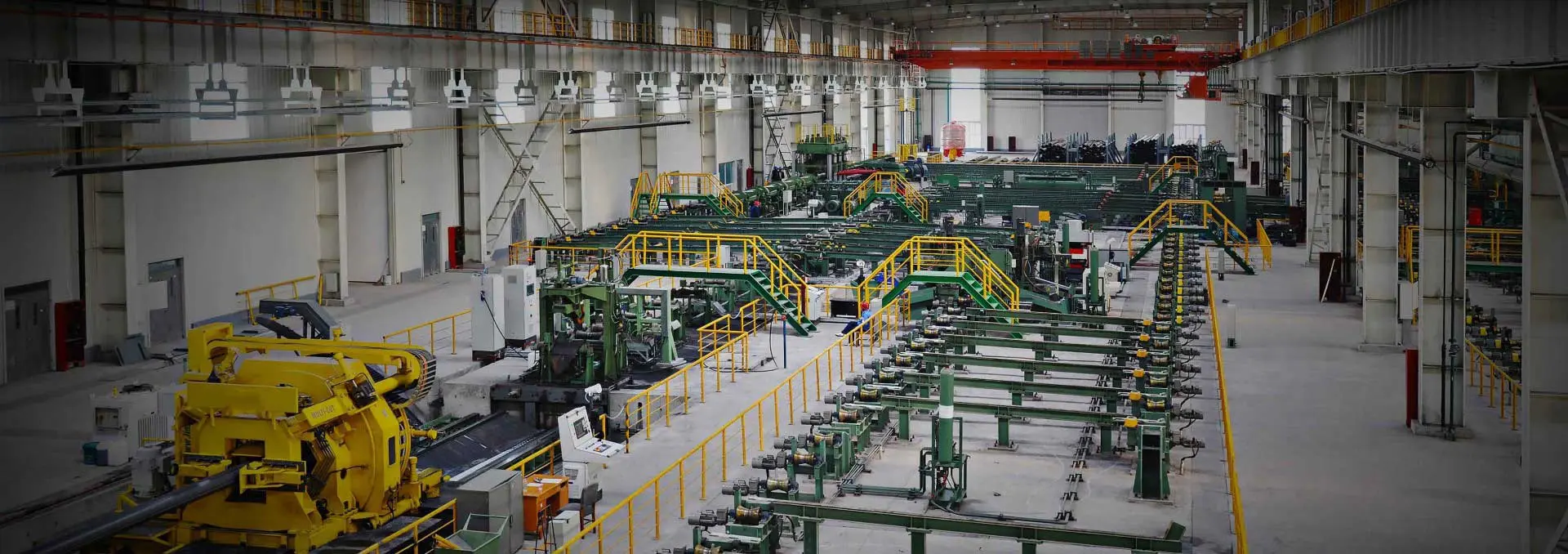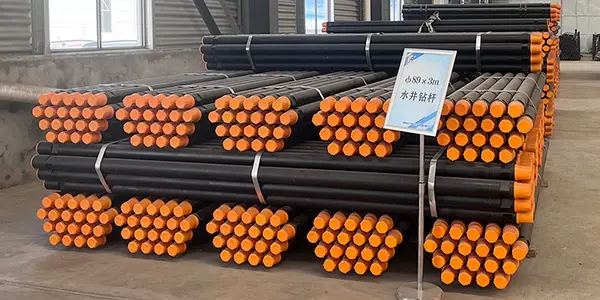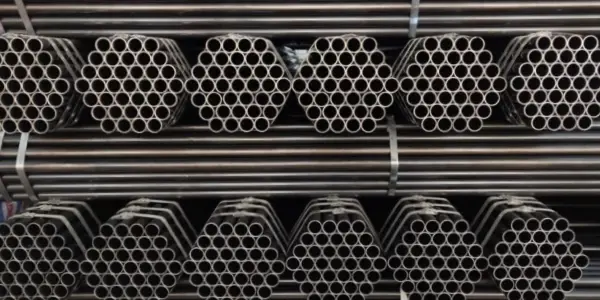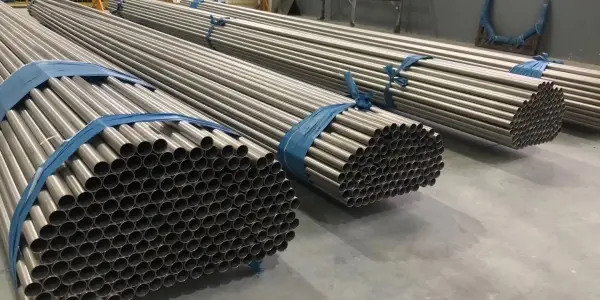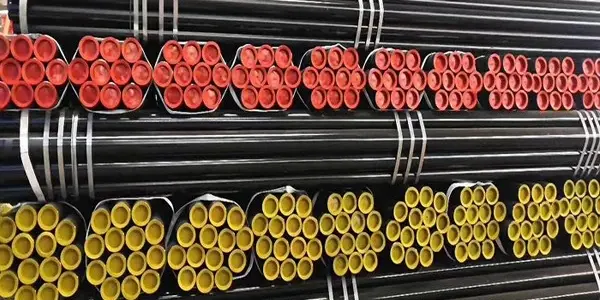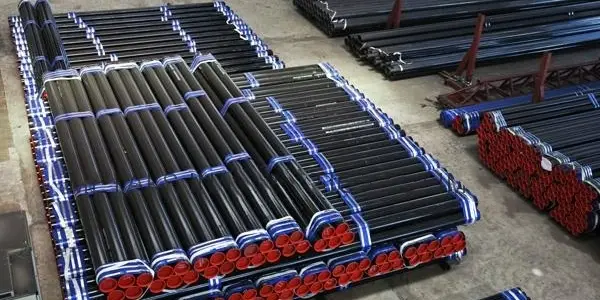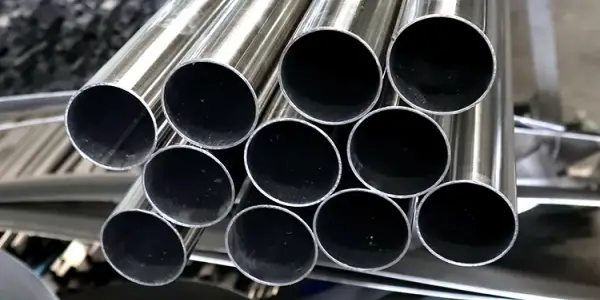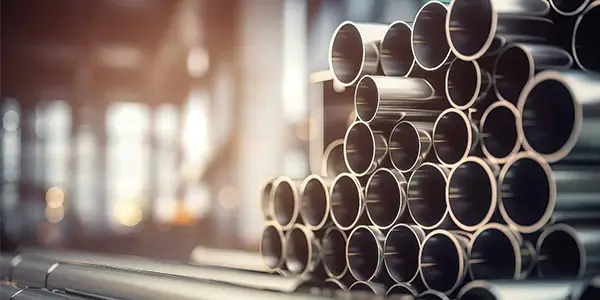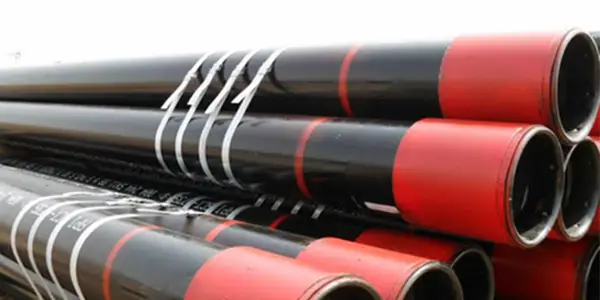-
Drill pipe usage methods and precautions
Drill pipe is a critical component in contemporary drilling operations, vital for ensuring the safety of personnel underground and fulfilling the demands of the drilling process. This article outlines the proper usage methods for drill pipe and important considerations during its operation.
Read More
-
ERW steel pipe welding defect inspection method
ERW (Electric Resistance Welded) steel pipes use high-frequency electric resistance welding technology to join metals during manufacturing. While efficient, this welding method can introduce defects such as porosity, cracks, incomplete fusion, and slag inclusions. Therefore, detecting welding defects in ERW steel pipes is a crucial step to ensure the quality and safety of the pipelines. Here are some common methods for detecting welding defects in ERW steel pipes.
Read More
-
Material advantages and applications of hot-rolled seamless pipes
Hot-rolled seamless steel pipes are a prevalent material utilized across the steel sector, renowned for their superior qualities and broad applicability. These pipes are integral to a variety of sectors, including construction, mechanical engineering, and the oil and gas industries, among others.
Read More
-
Carbon steel pipe materials, types and applications
Carbon steel pipe is a robust material composed of an iron and carbon steel alloy, typically containing between 0.05% to 2.0% carbon. Here's an overview of the carbon steel pipe materials, types and applications. Read on to learn more.
Read More
-
Oil casing pipe material selection-carbon steel vs stainless steel
Oil casing pipe plays a vital role in the petroleum industry, serving as a conduit for resources like oil and natural gas. The choice of materials during the manufacturing process of these casings is critical to their quality and functionality. This article will examine the use of carbon steel and stainless steel in oil casing production, exploring their respective benefits and limitations.
Read More
-
Detail of cold-drawn seamless steel pipe
The production of cold-drawn seamless steel pipes is a pivotal technique in the steel industry, characterized by intricate technology and a profound understanding of materials. The cold drawing process enhances the aesthetics and functionality of steel pipes, making them ideal for diverse engineering applications.
Read More
-
Advantages of epoxy coated steel pipe
Epoxy coated steel pipes exhibit excellent performance in many aspects. Here's an overview of advantages of epoxy coated steel pipe.
Read More
-
Factors affecting the service life of 304 stainless steel pipes
Interest often centers on the longevity of 304 stainless steel pipes. This discussion delves into the key factors that typically influence the service life of 304 stainless steel pipes.
Read More
-
Why does stainless steel need anti-corrosion?
Stainless steel needs anti-corrosion treatment, mainly because it still contains a certain amount of iron ions inside. If it is not treated with anti-corrosion, it is easy to cause corrosion on the surface of the steel.
Read More
-
The difference in appearance between technical casing and surface casing
Technical casing and oil casing are both types of casing used in the petroleum industry, but their specific uses are different.
Technical casing is mainly used in drilling, cementing and production processes. Its main function is to support the well wall and prevent well wall collapse and leakage. It can also seal the well head to prevent pressure leakage at the well head. Therefore, technical casing plays a vital role in the oil extraction process.
Oil casing is mainly used to transport oil and gas and prevent well wall collapse. After the oil and gas production is completed, the technical casing is removed, while the oil casing remains in the well pipe as a pipeline for transporting oil, natural gas and other resources. It needs to be resistant to corrosion, withstand high pressure, etc., and it also needs to ensure the smoothness and sealing of the inside of the pipeline.
Read More

 English
English Español
Español




 Tel : +86-18565811709
Tel : +86-18565811709 Email :
Email : 